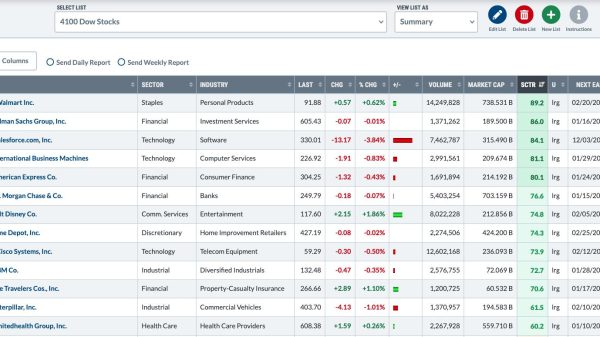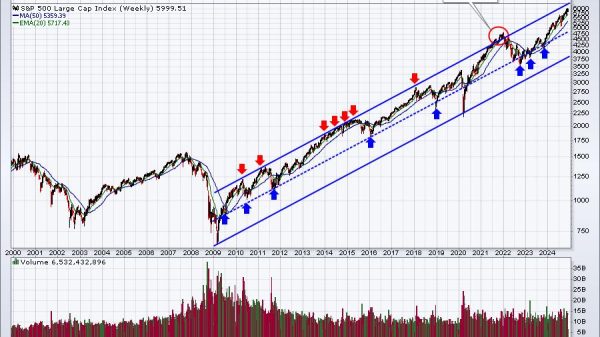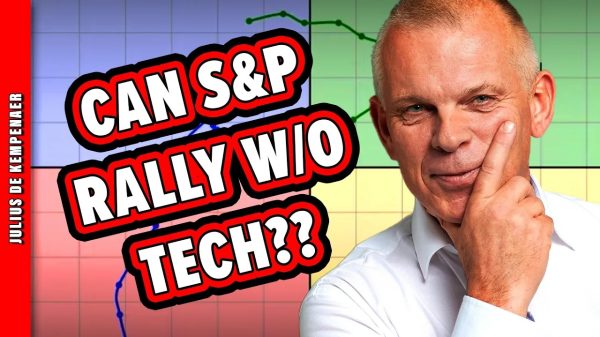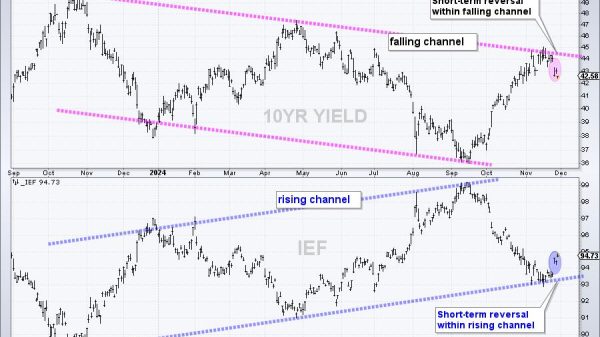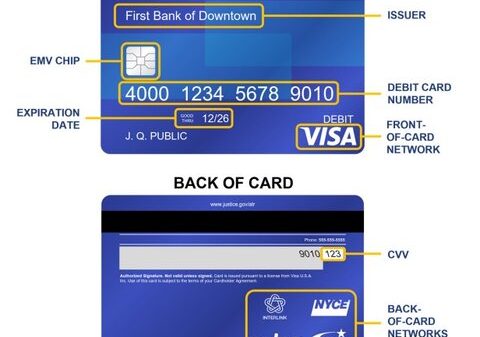In a world where fashion speaks louder than words, your clothing brand’s identity is not just a label, it’s a story waiting to be told.
Welcome to the vibrant and rapidly changeable world of the clothing industry, where branding isn’t just a business strategy; it’s the heart and soul of your enterprise. As we embark on this enlightening journey through the key branding considerations for your clothing business, remember: each thread of your brand weaves together the tapestry of your unique market identity. Whether you’re a seasoned business owner or just stepping into the realm of fashion entrepreneurship, understanding the nuances of branding will set you apart in this dynamic industry.
Understanding Your Brand Identity
In the realm of fashion, your brand identity is much like your personal style – distinctive, expressive, and a reflection of your vision. It’s the first impression you make and the lasting memory you leave. So, how do you craft an identity that not only stands out but also resonates with your audience?
Logo and Visual Elements: Your logo is the face of your brand. It’s not just a symbol; it’s a powerful visual cue that embodies your brand’s ethos. Take, for example, the iconic Nike swoosh – simple, memorable, and symbolic of movement and progress. Similarly, your color scheme and design elements should align with what your brand stands for. Is your brand bold and edgy, or soft and sophisticated? The colors and designs you choose should reflect this. Getting started here can be hard. There are some epic free logo makers online that can help you get started and get a feel for the process – and they can also help educate you on what kind of colours you like or would be best.
Brand Voice and Messaging: Your brand voice is how you communicate with your audience. It’s not just what you say, but how you say it. Are you friendly and conversational, or professional and authoritative? This voice should be consistent across all your platforms, from your website to your social media channels.
Consistency is Key: The essence of a strong brand identity lies in consistency. Every aspect, from your logo to your marketing materials, should tell a cohesive story. Ralph Lauren, for instance, has consistently presented an image of luxury and sophistication, which is evident across all its branding elements.
By carefully crafting these elements of your brand identity, you lay the foundation for a brand that not only stands out in the crowded fashion market but also creates a lasting connection with your audience.
The Power of Storytelling in Branding
Why Stories Matter:
Imagine your brand as a book on a shelf, surrounded by countless others. What makes someone pick your book? The story it tells. Stories evoke emotions, build connections, and make your brand memorable. They’re not just narratives; they’re experiences that your audience can relate to and be a part of.
Creating Emotional Connections
Relatability: Your brand’s story should be relatable. When customers see themselves in your story, they form an emotional bond with your brand.
Authenticity: Authentic stories resonate more. People can tell when a brand is genuine about its values and this builds trust.
Engagement: A good story is engaging. It should capture attention and provoke thought or action.
Examples of Successful Storytelling
Patagonia: This brand’s commitment to environmental sustainability isn’t just a policy, it’s a story woven into every product they sell, engaging a community of eco-conscious consumers.
Warby Parker: More than just eyewear, their story of revolutionizing the industry with a direct-to-consumer model creates a narrative of innovation and customer empowerment.
Crafting Your Brand’s Story
Find Your ‘Why’: What’s the driving force behind your brand? This is the heart of your story.
Be Consistent: Ensure your story aligns with your branding across all channels.
Involve Your Audience: Make your customers a part of your story. Encourage them to share their experiences with your brand.
Remember, in the clothing business, you’re not just selling garments; you’re selling a lifestyle, a dream, a part of yourself. Your story is what makes that dream tangible and desirable.
Digital Presence and Social Media Strategy
In the digital age, your clothing brand’s online presence is like the window display of a high-end boutique – it’s where you catch the eye of passersby and lure them in. In this era, a well-crafted digital strategy is not just an option; it’s a necessity for any brand aiming to make a mark in the fashion world.
Creating an Engaging Online Presence: Your website and social media platforms are the digital face of your brand. They should not only mirror the aesthetic and tone of your physical products but also offer an immersive and user-friendly experience. Just as a well-designed store attracts more customers, a visually appealing and easy-to-navigate website can significantly increase customer engagement and sales.
Social Media – The Fashion Runway of the Digital World: Social media is where your brand gets to strut its stuff. It’s not just about posting product photos; it’s about creating a narrative that your audience wants to follow. Platforms like Instagram, with its visually driven content, offer the perfect runway for showcasing your designs. But it’s not just about what you post; it’s about how you engage. Responding to comments, sharing stories, and even featuring customer posts create a community around your brand.
Strategies for Enhancing Visibility:
Influencer Collaborations: Partnering with fashion influencers can catapult your brand into the spotlight. But choose influencers who align with your brand’s ethos and aesthetic.
Content Variety: Mix it up with behind-the-scenes peeks, customer testimonials, and even interactive content like polls or quizzes. Variety keeps your audience engaged and eager for more.
Consistent Branding: Across all platforms, your branding should be consistent. This reinforces brand recognition and ensures that your audience always knows it’s you.
Everyones online nowadays – standing out requires more than just being present. It requires a strategic, creative approach that turns your digital platforms into a captivating extension of your brand.
Matching Branding To Fashion Type
It’s really important to match your branding to your fashion type. If you sell accessories then you need something that tells people you sell accessories, if you sell tactical, functional work gear then perhaps it needs to be more inline with that. Let’s take tactical pants, for example. They can be worn by people in all manner of jobs – from soldiers, police, builders, or any kind of role that requires comfort and more dynamic storage. The branding of tactical pants would be completely different to branding summer skirts. Why? Because tactical pants are likely being sold to people looking for something totally different – both form and function.
Paying attention to the fashion type can make a huge difference to the way you brand your business.
Market Analysis and Competition
In the competitive landscape of the clothing industry, staying ahead isn’t just about setting trends; it’s about understanding the market and your competition. A keen analysis of the current market helps you identify gaps, opportunities, and threats. Here’s a snapshot of some recent industry statistics:
Metric
Statistic
Industry Impact
Annual Growth Rate
5.5%
Indicates a steadily growing market
Online Retail Penetration
27%
Highlights the importance of digital presence
Consumer Preference Shift
60% towards sustainability
Shows growing demand for eco-friendly fashion
Average Spend per Consumer
$1,866
Reflects consumer willingness to invest in clothing
These numbers paint a picture of an industry that’s not just thriving, but also evolving. The shift towards online retail and sustainable fashion, for example, are trends that can significantly influence branding and marketing strategies. Understanding these dynamics ensures that your brand remains relevant and competitive.
To finish…
There’s so much to think about when starting your own fashion brand. But – by the nature of the industry, you have to be on point regarding your branding, and how your brand looks and is perceived by others. It’s hard to get right – but certainly worth spending time on it.
Read more:
Fashion For Thought: Nailing Your Clothing Brands Identity







